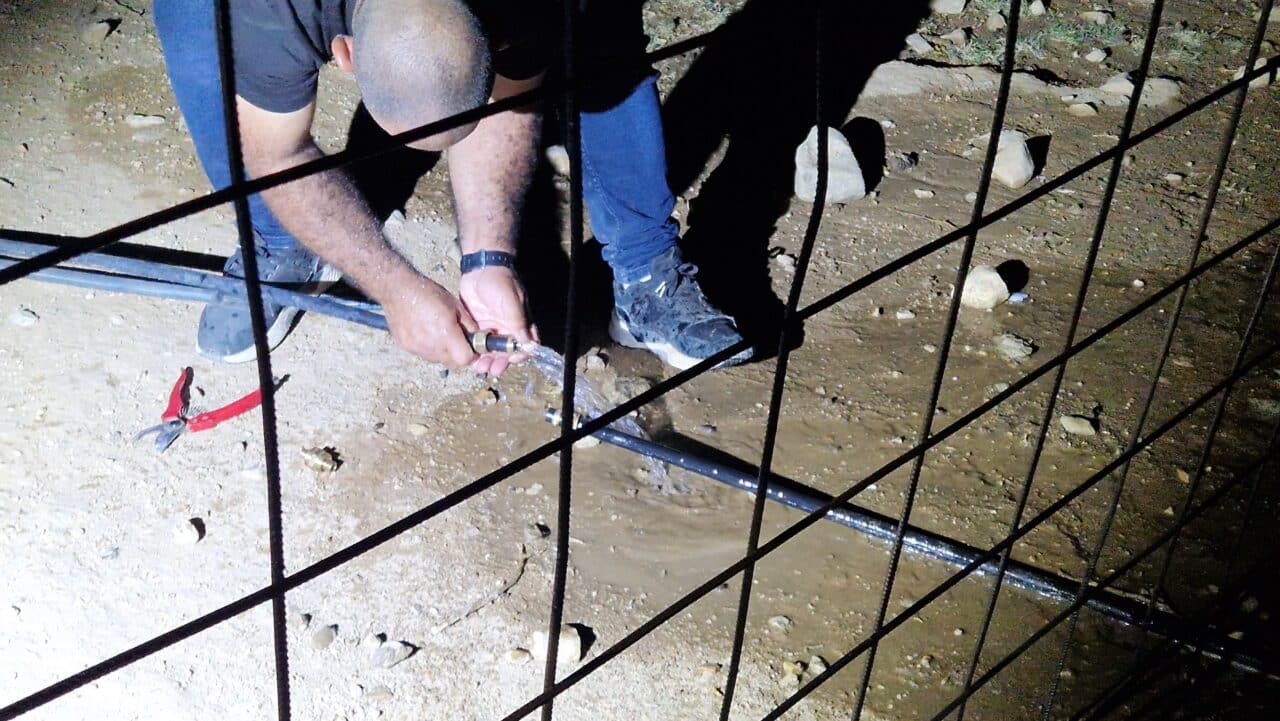‘Emotiongraphy’ – Jordan Valley gallery
http://www.nicolazolin.it/jordan-valley-gallery.aspx
This photo story visually represent life in the Jordan Valley for the five Palestinian villages which remained under Palestinian control. The story focus on their struggle to access water resources.
The area of the Jordan valley comprehend approximately one third of the whole West Bank and represent the 47% of its total water resources. Since the 1967 Israel took control of the 95% of the area: half of it through the establishment of settlements and the rest of it with military zones and natural reserves.
The most of the water is used by the Israeli settlements to produce dates, grapes, banana and peppers which predominantly exported to Europe. The occupation in the Jordan valley is about the profit that these products create. Since 1967, 36 settlements came up, inhabited by 6,400 settlers inhabited them today. The settlers control the 98% of the water resources in the valley. As a result of this occupation, 5 out of 6 Palestinians that used to live in the valley before 1967 have been forced to leave. In 1967 the Palestinian population was larger than 320,000 people, today about 50,000 people still live in the valley.
The competition between the Palestinians farmers and the Israeli settlements is unsustainable. While the Israeli settlements enjoy a 75% discount on water and electricity, supported by the states as well as from the Jewish National Fund, the Christian Fund and the Woman Christian Zionist movement in US; the Palestinians people have limited access to water and cannot build any infrastructure without permissions. Many of their houses have been demolished during the years. People do not dispose of enough water to grow their crops.
There are only five Palestinians villages, plus Jericho, that are still under the Palestinian control (area A and B): Al Auja, Fasayil. Abu Ajai, Al Haladidya and Ein Al Hilue. The people who live in these villages are resisting the occupation simply with their presence.
The bedouins who live in Al Auja village, decided to become static, afraid to leave the land and to do not be allowed to return. Al Hadidiya village was inhabited by 5,000 people before 1967. The area of the original village is now occupied by two Israeli settlements and a military area. 450 people resist and live in tents and temporary houses in the outskirts of these settlements. These people have no access to electricity and depend on water tanks. Some of these people are forced to work in the settlements, where once their family used to live.
Fasayil village is located partially in area B and partially in area C (Israeli control). While entering in the area C the road ends and no constructions, nor international support are allowed. The land in the village is arid while the Israeli settlements who ironically bring the same name of Fasayil, just on the other side of the street that brings to the village, is flourishing. The difference is the access of water, that is enjoyed by the settlements and denied to the Palestinians. The Israeli Defense Force use the area of the Jordan Valley to conduce any kind of training. The signals ‘military zone’ and ‘firing area’ have been positioned in front of many Palestinian villages. This action justify military actions in the area.
Many of the Israeli citizens who inhabit the settlements don’t even know that those settlements are not part of Israel. At the same time, many Palestinians in the West Bank are not aware of the situation on the valley. The occupation in the Jordan Valley deny the people the access to their basic needs, forcing them to find other places to live their lives.


